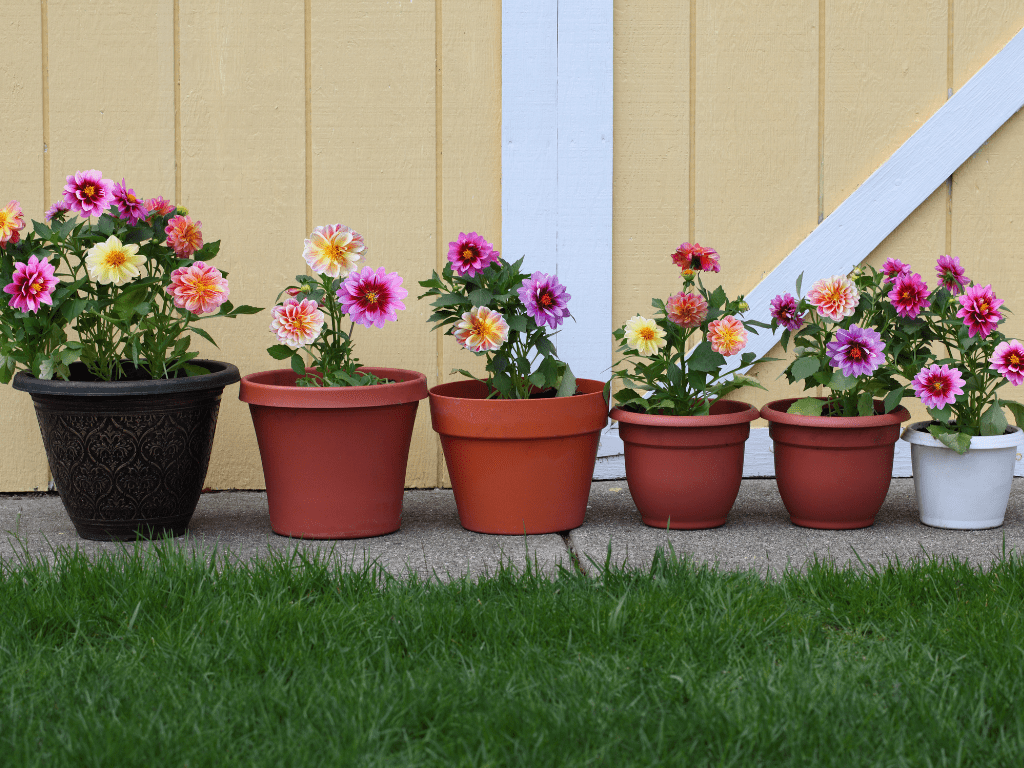
Dahlia, Native Flower of Mexico
Discover the captivating journey of Mexico’s iconic dahlia, from its humble origins in ancient Aztec gardens to its status as a beloved global horticultural symbol. This vibrant flower, renowned for its vivid colors and intricate petals, has a rich cultural and historical significance that spans centuries.
The dahlia’s story begins in Mexico, where it flourished in the gardens of the Aztecs. Revered for its beauty and therapeutic properties, the dahlia became an integral part of Aztec ceremonies and rituals, symbolizing fertility and life. However, it was not until the arrival of Spanish conquistadors in the 16th century that the dahlia caught the attention of the European botanists and garden enthusiasts.
Fast forward to the present day, and the dahlia has found its way into gardens and landscapes around the globe. Its versatility and adaptability have made it a favorite among gardeners and horticulturalists, offering a wide range of colors, shapes, and sizes to suit any landscape.
Join us on a journey through time and explore the cultural significance, historical context, and global impact of Mexico’s dahlia. Discover why this remarkable flower continues to captivate hearts and gardens worldwide.
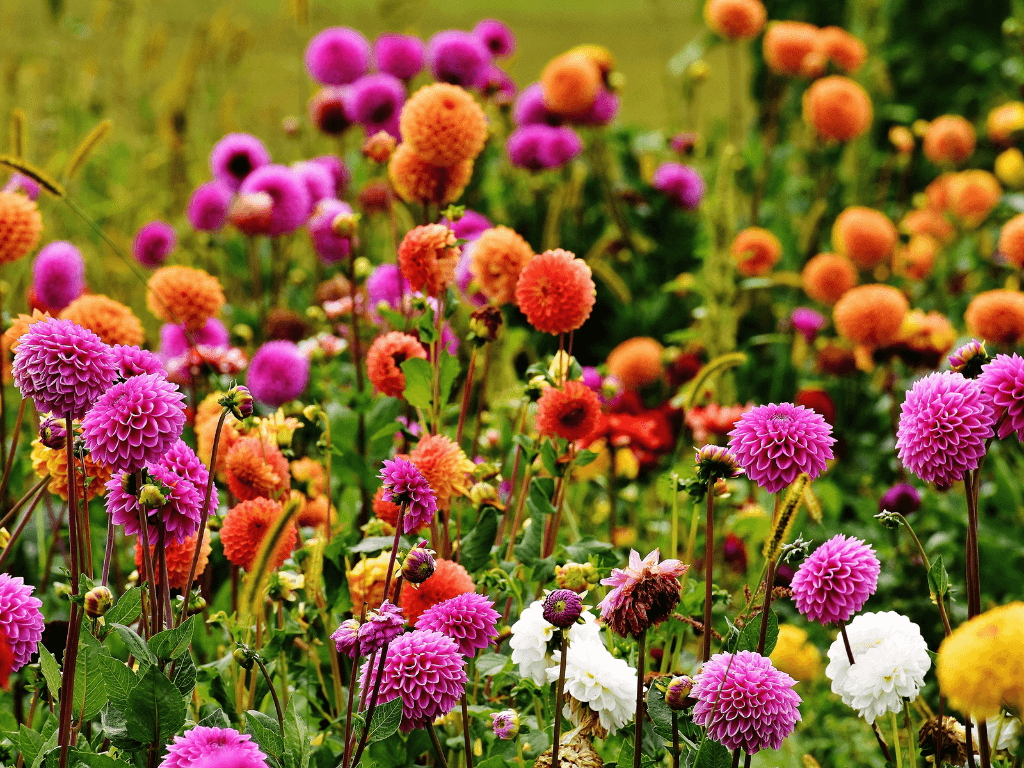
The origins of the Dahlia: Ancient Aztec gardens
The dahlia’s roots can be traced back to the ancient Aztec civilization, where it was cultivated in the magnificent gardens of Tenochtitlan, the capital of the Aztec empire. The Aztecs were skilled horticulturists and held a deep reverence for nature, believing that flowers held spiritual and medicinal properties. The dahlia, with its vibrant colors and intricate petals, quickly became a favorite among the Aztecs.
The Aztecs used dahlias in various aspects of their culture, from religious ceremonies to medicinal treatments. They believed that the dahlia had the power to heal and protect, and it was often used in traditional medicine to treat ailments such as fevers and stomach aches. The flower also held symbolic significance, representing fertility and life. It was commonly used in marriage ceremonies and celebrations of new life.
Despite its popularity among the Aztecs, the dahlia remained relatively unknown to the rest of the world until the arrival of Spanish conquistadors in the 16th century. These explorers were amazed by the beauty and diversity of the Aztec gardens, including the dahlia, which they brought back to Europe.
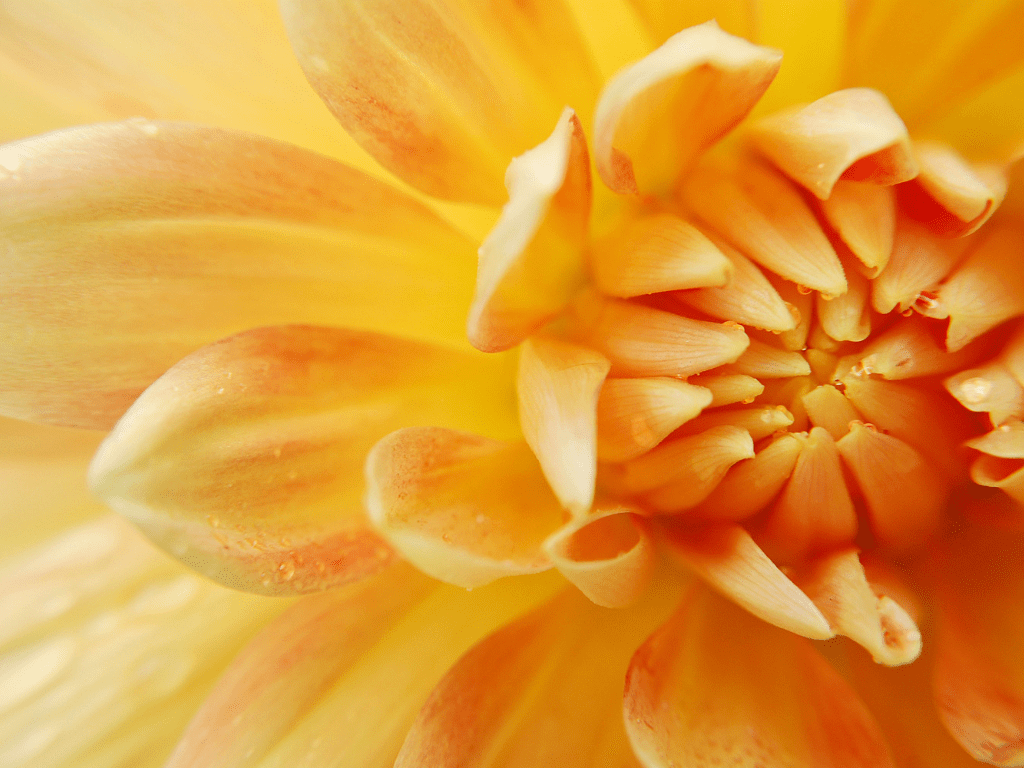
The journey to Europe: How the Dahlia spread across the world
The arrival of the dahlia in Europe marked the beginning of its global journey. Spanish botanists and garden enthusiasts were particularly fascinated by the flower and quickly began cultivating and studying it. The dahlia’s popularity spread throughout Europe, with botanic gardens and private collectors eagerly acquiring different varieties.
One of the notable figures in the dahlia’s European journey was Anders Dahl, a Swedish botanist who made significant contributions to the study of dahlias. Dahl’s research and classification of the flower helped establish its scientific name, Dahlia, in honor of his contributions.
As the dahlia gained popularity, new varieties were developed through careful cultivation and cross-breeding. The flower’s adaptability and ability to thrive in different climates contributed to its widespread adoption across the globe. By the 19th century, dahlias had become a staple in gardens and landscapes worldwide.
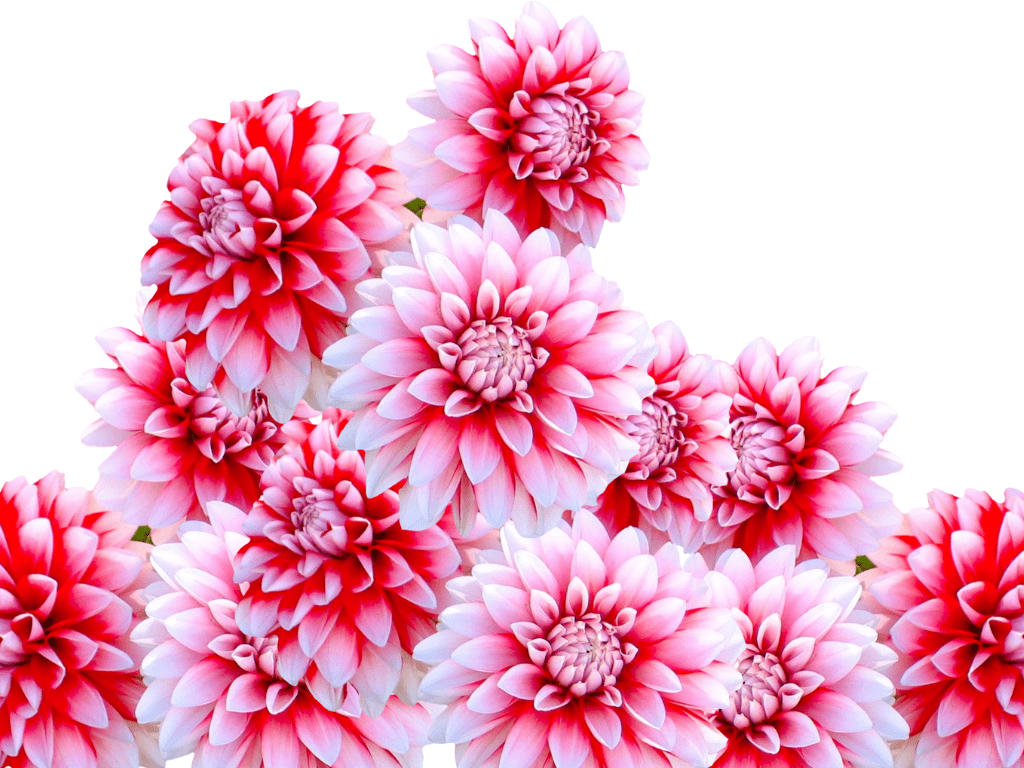
The Dahlia’s popularity in horticulture: Varieties and cultivation techniques
Today, there are thousands of dahlia varieties available, each with its own unique characteristics and beauty. From the petit pompon dahlias to the large dinner plate dahlias, there is a dahlia for every preference and garden style. The flower’s versatility and wide range of colors, shapes, and sizes have made it a favorite among gardeners and horticulturalists.
Cultivating dahlias requires specific techniques to ensure optimal growth and blooming. Proper soil preparation, adequate sunlight, regular watering, and proper fertilization are essential for the dahlia’s success. Gardeners also need to pay attention to pest control and disease prevention, as dahlias can be susceptible to certain pests and diseases.
To maintain the health and vigor of dahlias, it is important to regularly divide and replant the tubers. This helps prevent overcrowding and allows each plant to have enough space to grow and thrive. With proper care and attention, dahlias can provide a stunning display of color and beauty in any garden.
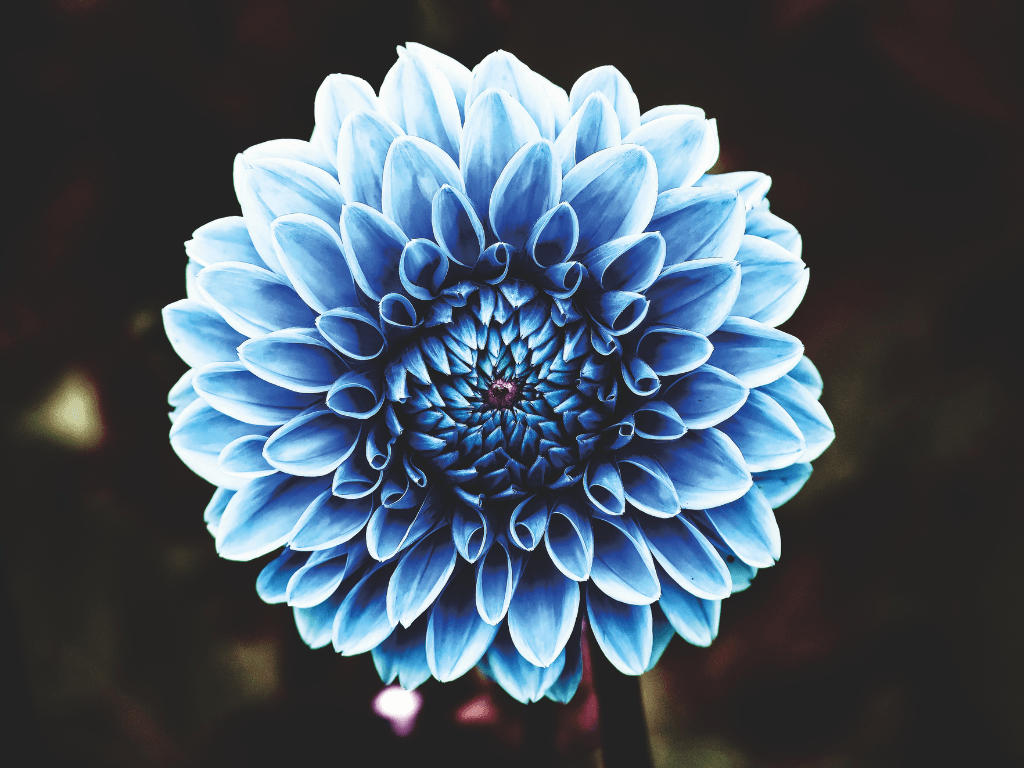
Symbolism and cultural significance of the Dahlia in Mexico
In Mexico, the dahlia holds deep cultural significance and is considered a national flower. It is often associated with the country’s rich history and vibrant traditions. The dahlia’s symbolism is rooted in its Aztec origins, where it represented fertility, life, and beauty.
The dahlia is prominently featured in Mexican art, literature, and folklore. It is a common motif in traditional textiles and ceramics, with its vibrant colors and intricate patterns capturing the essence of Mexican culture. The flower is also celebrated during the annual Festival de las Flores, where dahlias are showcased in elaborate arrangements and parades.
In addition to its cultural significance, the dahlia is also the official flower of several Mexican states, including Mexico City. It is a source of national pride and a symbol of Mexico’s natural beauty and heritage.
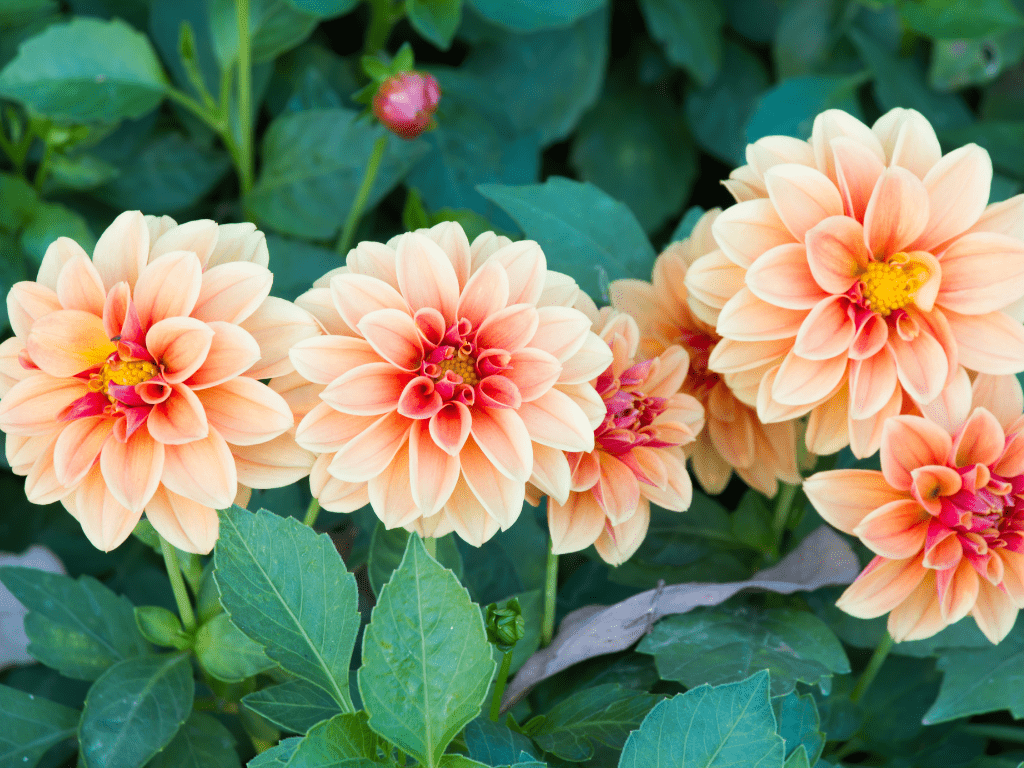
The Dahlia in modern landscape design: Its versatility and aesthetic appeal
The dahlia’s versatility and aesthetic appeal have made it a popular choice in modern landscape design. Whether used as focal points in flower beds, borders, or containers, dahlias add a burst of color and drama to any outdoor space.
With their wide range of colors, from vibrant reds and oranges to soft pinks and whites, dahlias can be used to create a variety of visual effects. Their different shapes and sizes also provide opportunities for creative combinations and arrangements. From the small and delicate ball dahlias to the large and showy cactus dahlias, there is a dahlia for every design preference.
Dahlias are often incorporated into cottage gardens, formal gardens, and even contemporary landscapes. Their bold and striking blooms create a sense of drama and excitement, while their long blooming period ensures a continuous display of color throughout the growing season. Whether used as standalone plants or mixed with other flowers and foliage, dahlias can transform any garden into a vibrant and enchanting paradise
Famous Dahlia festivals and gardens around the world
.Dahlia festivals and gardens are held around the world to celebrate the beauty and diversity of this remarkable flower. These events showcase a stunning array of dahlias in various colors, shapes, and sizes, captivating visitors with their sheer magnificence.
One of the most famous dahlia festivals is the National Dahlia Festival held in Zundert, the Netherlands. This annual event features extravagant dahlia sculptures, created using thousands of dahlias arranged in intricate designs. The festival attracts visitors from all over the world, eager to witness the breathtaking displays and celebrations.
Other notable dahlia gardens include the Swan Island Dahlias in Oregon, USA, and the Dahlia Garden at Royal Horticultural Society’s Garden Wisley in Surrey, England. These gardens offer visitors the opportunity to explore a wide variety of dahlias, observe different cultivation techniques, and learn about the history and significance of the flower.

Tips for growing and caring for Dahlias in your own garden
If you’re considering adding dahlias to your own garden, here are some tips to ensure successful cultivation and care:
Choosing the right location: Dahlias thrive in full sun, so select a spot in your garden that receives at least six hours of direct sunlight each day. Additionally, ensure the soil is well-draining as they dislike soggy conditions.
Preparing the soil: Before planting your Dahlia tubers or cuttings, prepare the soil by incorporating organic matter such as compost or aged manure. This will enhance drainage while providing essential nutrients for healthy growth.
Planting techniques: In regions with mild winters, Dahlias can be planted directly into the ground after any risk of frost has passed. Dig a hole slightly larger than the tuber or root ball and place it horizontally with any sprouts facing up. For colder climates, start tubers indoors 4-6 weeks before the last frost date and transplant them once temperatures have warmed.
Watering needs: While Dahlias require regular watering during their growing season, it is crucial not to overwater them as this can lead to root rot. Water deeply but infrequently—about once or twice a week—ensuring that the top few inches of soil are dry between waterings.
Fertilizing routine: To encourage vigorous growth and abundant blooms, feed your Dahlias with a balanced fertilizer every four to six weeks during their active growing period. Look for fertilizers specifically formulated for flowering plants, following package instructions carefully to avoid over-fertilization.
Supporting tall varieties: Some Dahlia cultivars can grow quite tall and may require staking or support to prevent bending or breaking. Install stakes or cages at the time of planting to provide stability and gently tie the stems as they grow.
Deadheading spent blooms: Regular deadheading—removing faded flowers—promotes continuous blooming and encourages the plant to channel its energy into producing more blossoms. Snip off spent blooms just above a set of leaves or lateral buds.
Winter care: In regions with cold winters, Dahlias are susceptible to frost damage. Once foliage has wilted after the first fall frost, cut back the stems to about 6 inches above ground level and carefully lift the tubers. Allow them to dry for a few days in a cool, dark place before storing them in dry peat moss or vermiculite at around 40-50°F (4-10°C) until spring.
Pests and diseases: While Dahlias are generally resilient, they can be prone to certain pests like aphids, slugs, and snails. Monitor your plants regularly and take prompt action if you notice any infestations.
By following these tips, you can enjoy the beauty and splendor of dahlias in your own garden, creating a stunning display that will be the envy of your neighbors.

Conclusion: The enduring legacy of Mexico’s Dahlia
The dahlia’s journey from ancient Aztec gardens to modern landscapes has had a significant impact on the horticultural industry. Its popularity as a garden flower has led to the development of new varieties, cultivation techniques, and breeding programs.
Dahlia breeders and enthusiasts continuously strive to create new and improved varieties, pushing the boundaries of color, form, and size. The demand for dahlias has also spurred innovation in cultivation techniques, leading to the development of new methods for propagation and care.
The economic impact of the dahlia cannot be understated. From commercial flower production to garden centers and nurseries, the dahlia has become a lucrative industry, contributing to local and global economies. The flower’s popularity has also created employment opportunities in fields such as breeding, cultivation, and marketing.
Furthermore, the dahlia’s beauty and allure have made it a favorite subject for photographers, artists, and designers. Its striking colors and unique forms have inspired countless works of art, from paintings and sculptures to textiles and jewelry.
